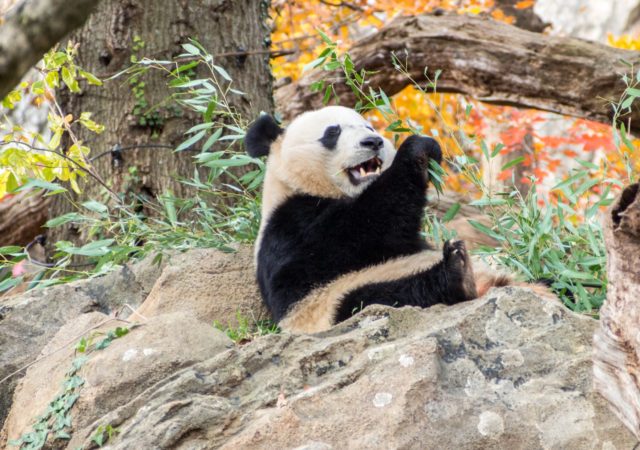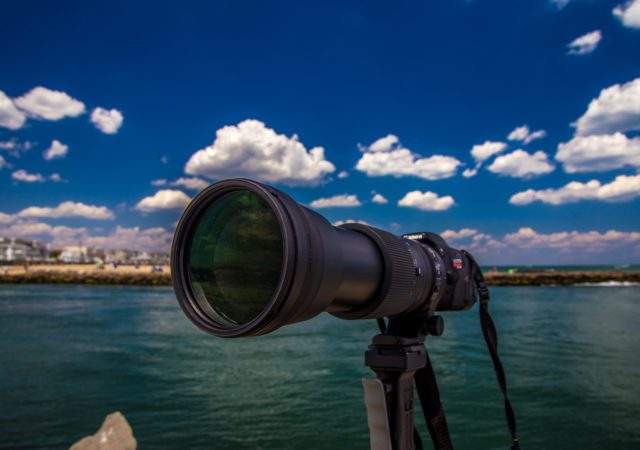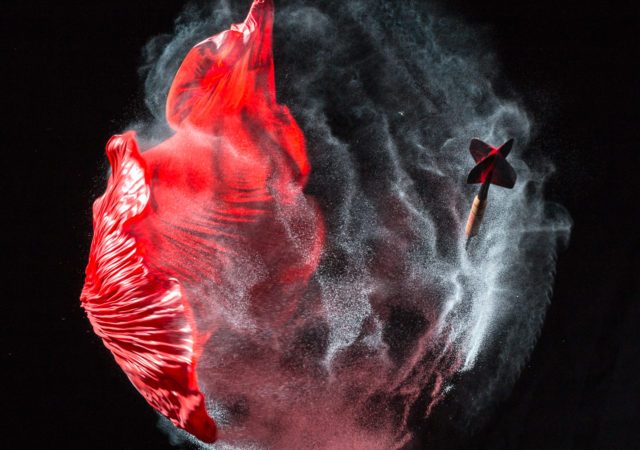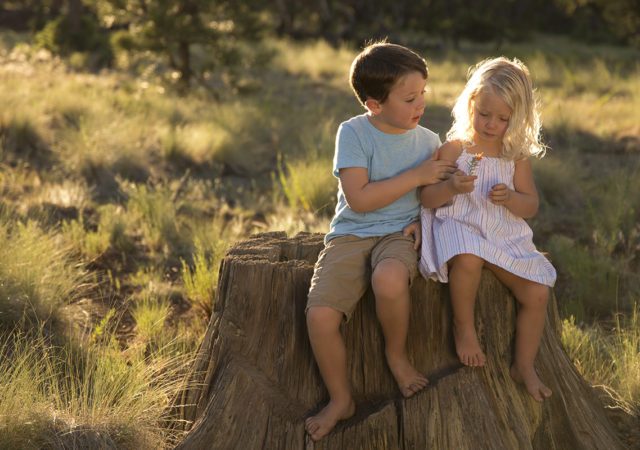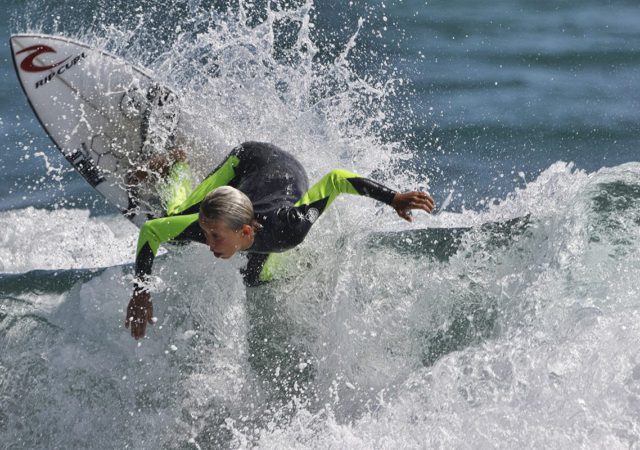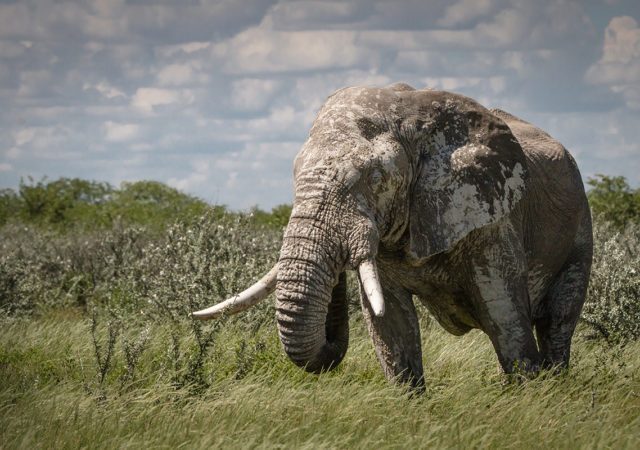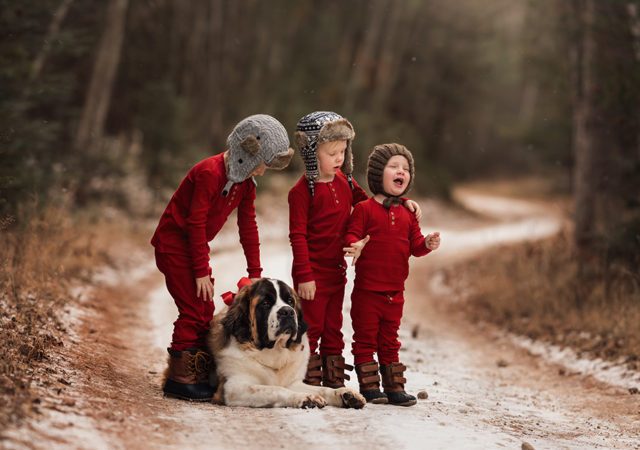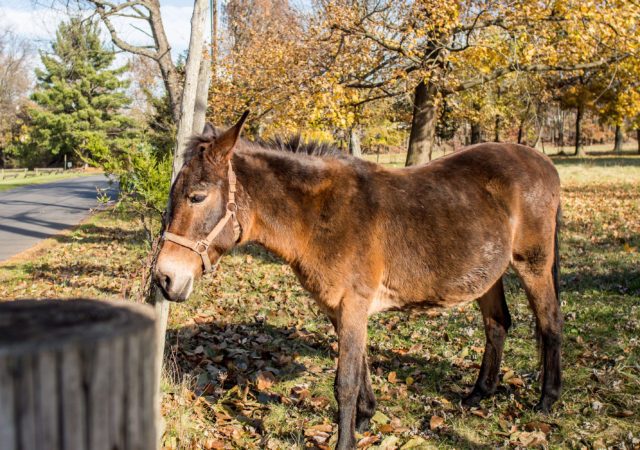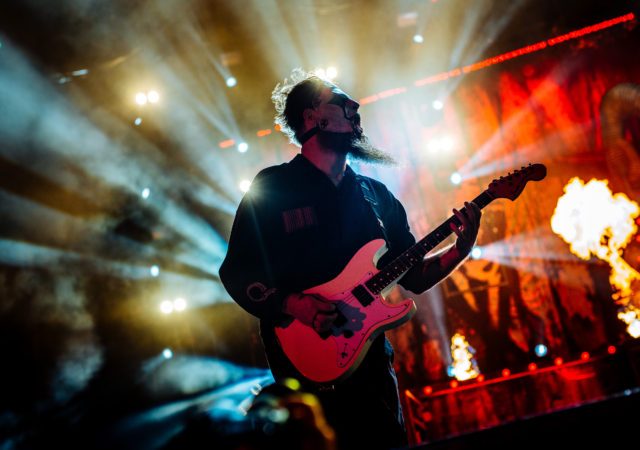There’s never been a better time than now for young photographers to start exploring their world with DSLRs and mirrorless cameras.
Sigma Gear for Summer Fun
Summer is a great time to hit the road and make amazing memories and fantastic photos! Wherever your trail leads, Sigma has a lens that is perfect for your vacation style!
Ultra High Speed Photography with the Sigma 70-200mm F2.8 Sports lens and Miops RemotePlus
We paired the Sigma 70-200mm F2.8 DG OS HSM | Sports lens, and a Miops Mobile Remote to trigger a strobe set to fractional power for ultra high-speed captures of balloons bursting.
The Secret to Photographing Children
Tips for photographing children in nature and in the studio using a variety of fast-aperture lenses.
What is Back-Button Focus and Is it Right for Me?
Why to choose Back-Button Focus for sports and action photography.
Taking a Trip to Namibia with Sigma Lenses
Our friend Dion Scoppettuolo recently returned from an epic Safari and adventure in Etosha National Park in Namibia, Okonjima Game Reserve in Namibia and the Namibian Desert. The Sigma 18-300mm F3.5-6.3 DC MACRO OS HSM and 150-600mm F5-6.3 DG OS HSM Contemporary lenses were…
Beginner’s Food Photography Tips and Tricks
With a little practice and some practical guidance, it is easy to make amazing food photographs of your own culinary creations. Whether you are a beginning food blogger, or an experienced chef who’s ready to move beyond the smartphone snap,…
Holiday Season Family Memories: How to Make Magical Photos
Sigma Ambassador Meg Loeks gives tips on capturing the perfect holiday shots. Using a variety of Sigma lenses, Meg’s photos are simply stunning.
SIGMA 16mm F1.4 DC DN | Contemporary: Hands-On First Look Review
The Sigma 16mm F1.4 DC DN | Contemporary is a great fast-aperture wide-angle lens for mirrorless cameras.
Adam Elmakias: Music Photography Using the Sigma 50mm F1.4 Art Lens
His Career: Adam Elmakias is living many people’s dreams; traveling the world, photographing and touring with diverse groups of musicians. His journey as a music photographer began in middle school as a simple love for music. When Adam entered high…

